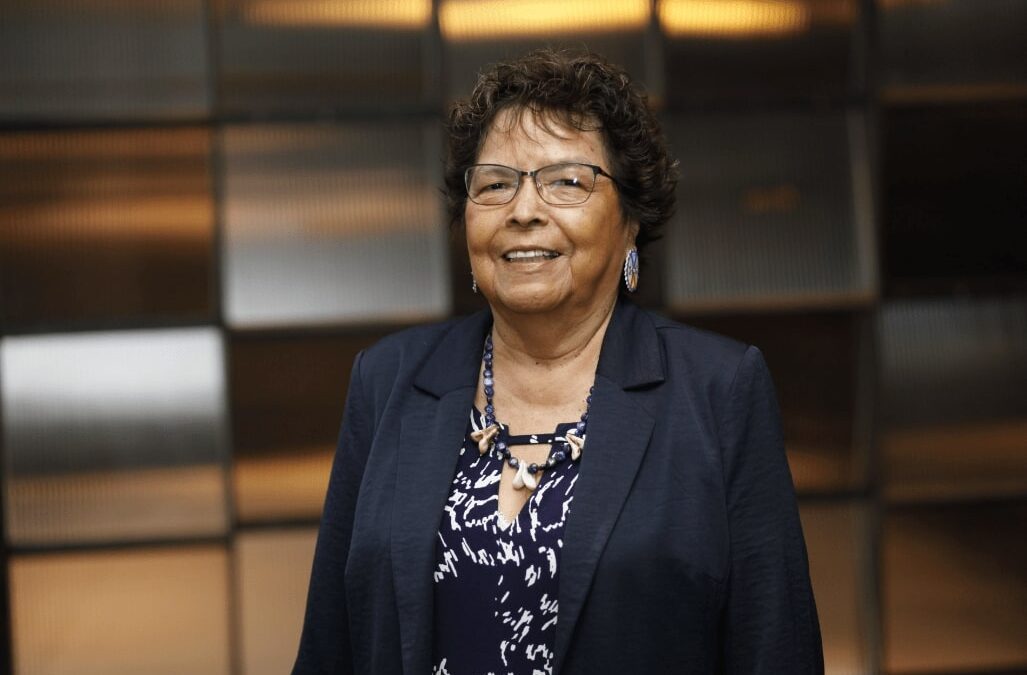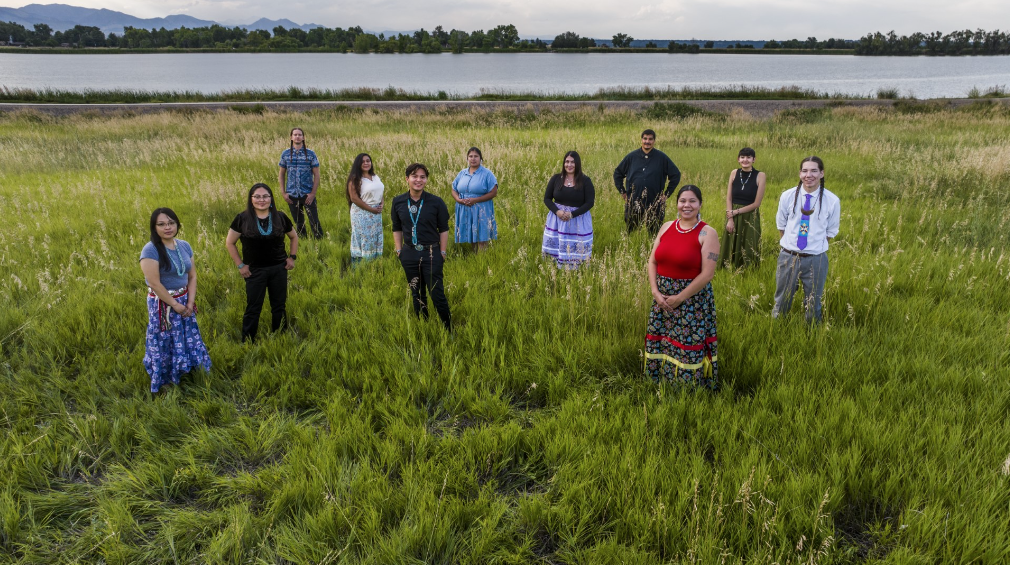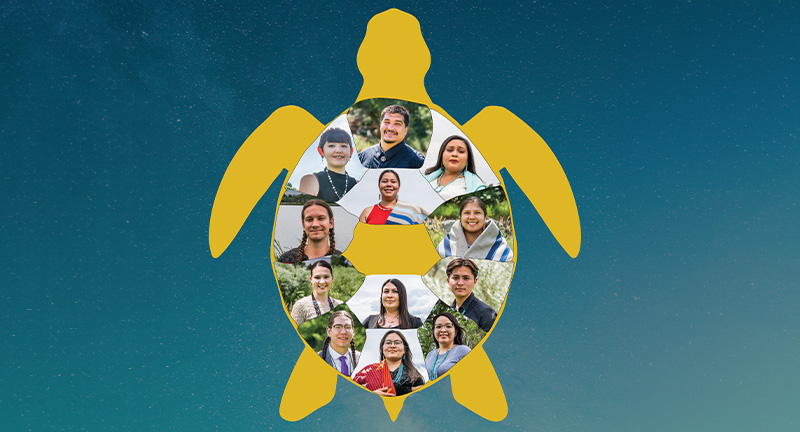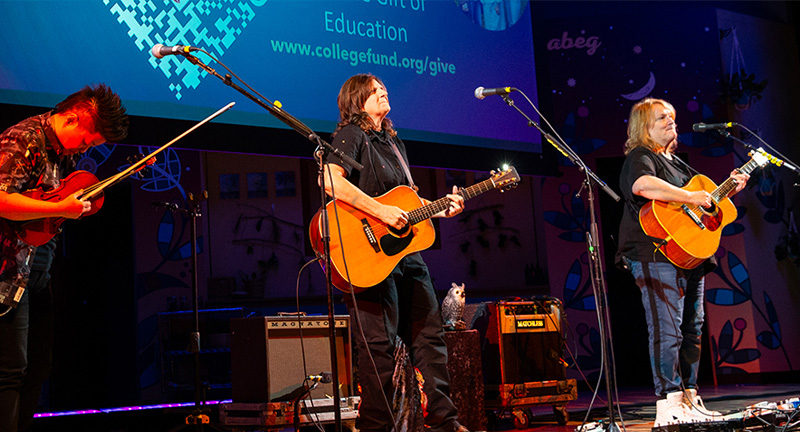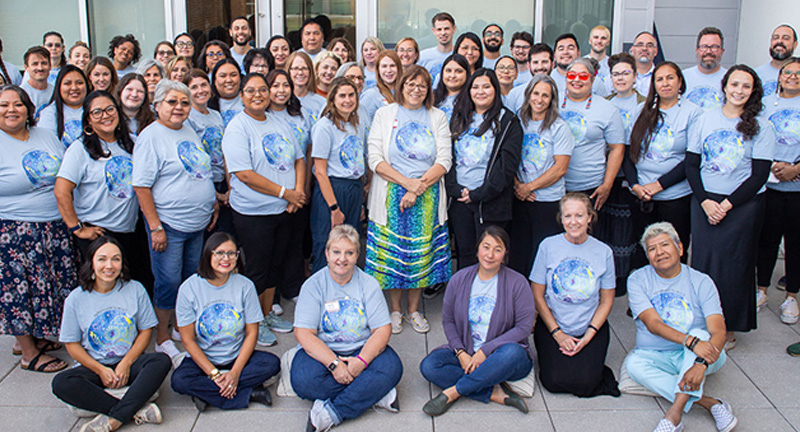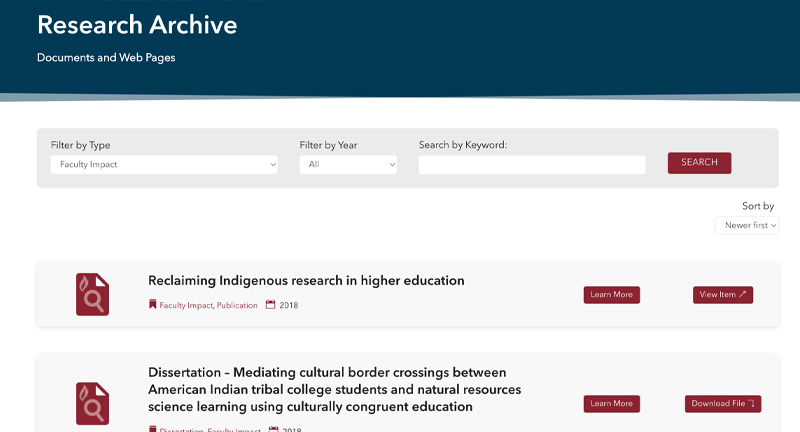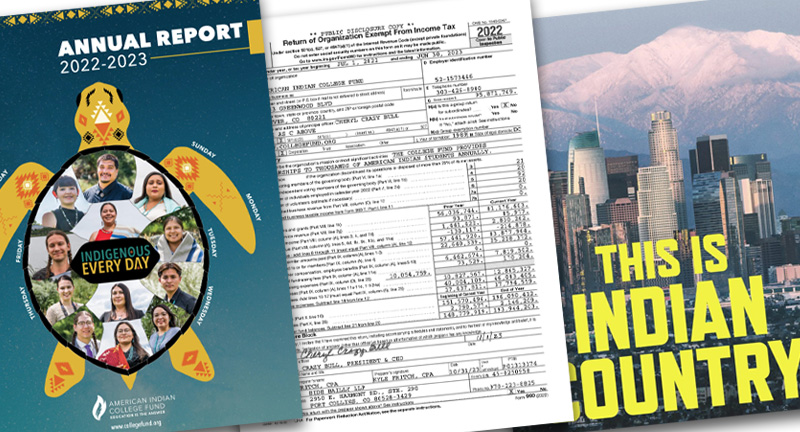February 29 is leap year. I’d like to recognize the signifiant leaps forward that the Indian community has made on its behalf in the past 40 years upon the founding of the first tribal college, which for the first time put American Indians in charge of their own education.
Indian people now see the value of a higher education thanks to education reforms that value their unique heritage; provide Indian role models; and offer a place near home to acquire professional skills. Tribal college enrollment figures speak for themselves: enrollment at tribal colleges grew by 32% from 1997-2002, compared to 16% enrollment growth in higher education overall, according to AIHEC. Over the past 25 years, the number of associate’s to master’s degrees conferred to Native students doubled.
There is still a lot of work to be done. According to the National Center for Education Statistics, in 2000 11% of American Indian/Alaska Natives received a bachelor’s degree versus 31% for the total U.S. population. But in the past 20 years, the number of American Indian tenth graders who expect to complete a college degree has more than doubled to 76 percent.
This year, on leap year, I urge all American Indians to commit to making another leap forward for progress. My personal goal is for all American Indians who want an education and a better future to commit to achieving that goal; and for the American Indian College Fund and other organizations to see to it that everyone who wants an education can attain it. As more people pursue, and get, an education, we will see Indian country transformed, in leaps and bounds.

